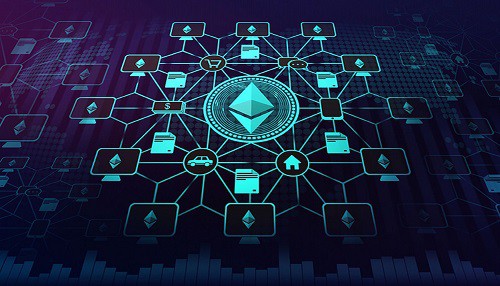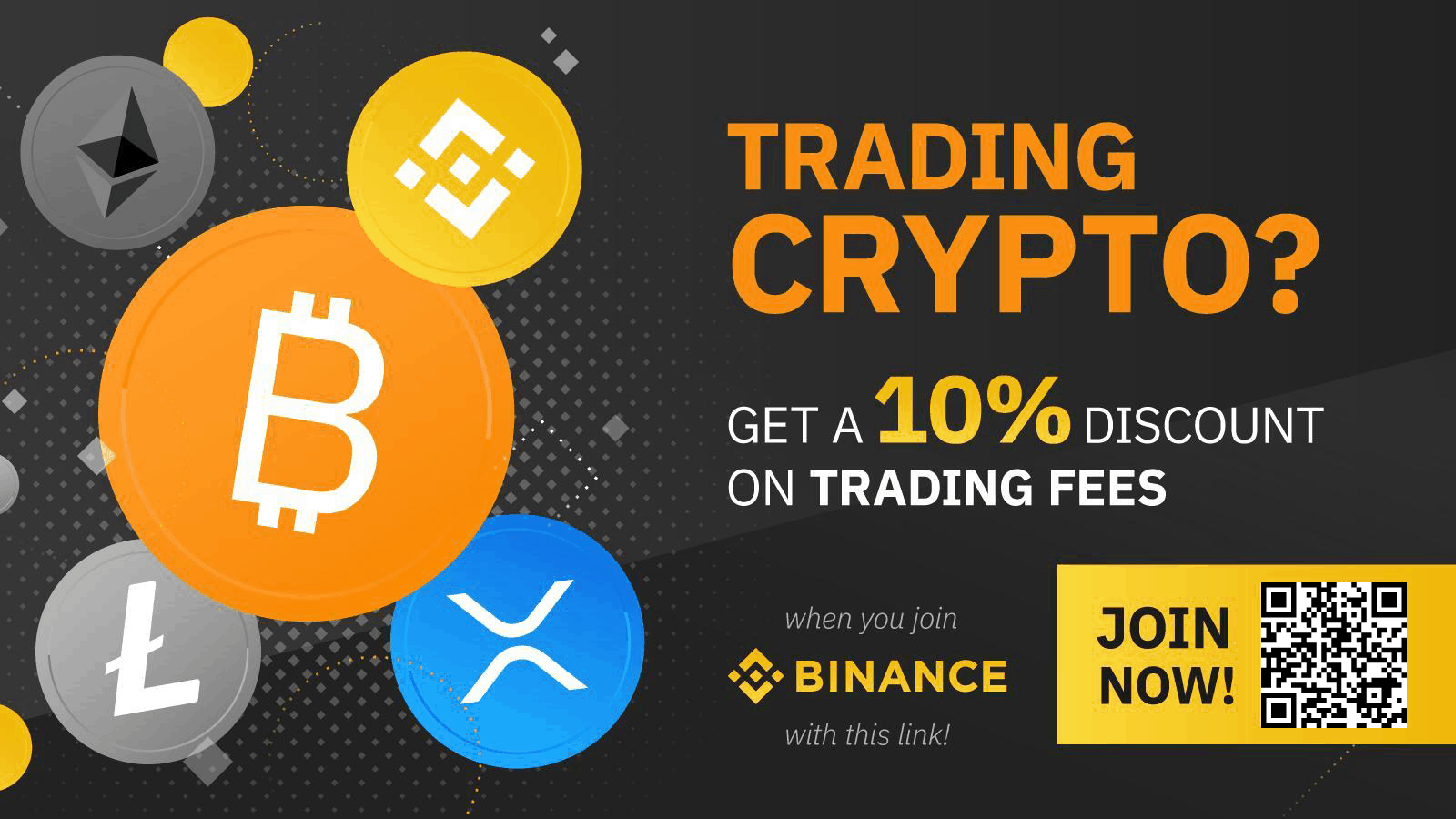What Is Decentralized Finance (DeFi)?

DeFi is short for “decentralized finance,” an umbrella term for a variety of financial applications in cryptocurrency or blockchain geared toward disrupting financial intermediaries.
Decentralized finance (DeFi) is a movement that tries to produce software solutions that are resistant to being censored, in contrast to “centralized” or “conventional” banking.
What does censorship-resistant mean?
The ability of a product to continue to be available without consideration to third parties such as governments, Internet infrastructure providers, or even the developers of the program itself is an excellent litmus test for determining whether or not a product is “decentralized.”
The use of smart contracts that are maintained on a distributed ledger makes it possible for software to continue to be accessible to anybody who has the resources and the knowledge necessary to engage with a smart contract.
Blockchain, the technology that underpins the digital currency Bitcoin, serves as an inspiration for DeFi. Blockchain makes it possible for several organizations to keep a copy of the history of transactions, which means that it isn’t controlled by a single, centralized source. This is significant because centralized systems and human gatekeepers may restrict the speed and complexity of transactions, while also providing users with less direct control over their own money. Because it extends the usage of blockchain beyond the straightforward transfer of money and into more complicated uses in the financial sector, DeFi is unique.
Bitcoin and a wide variety of other digital-native assets differentiate themselves from historical digital payment mechanisms, such as those managed by Visa and PayPal, in that they do away with the need for any kind of middleman during financial dealings. A financial institution acts as a middleman between you and the business when you pay for your coffee at a cafe with a credit card. This institution exercises control over the transaction and maintains the authority to cancel, pause, or resume it while simultaneously recording it in its own private ledger. Because of Bitcoin, there is no longer a need for these types of organizations.
Large corporations are in charge of a wide variety of financial applications and transactions, including but not limited to loans, insurance, crowdfunding, derivatives, betting, and more. Direct purchases are not the only sort of transaction or contract that falls within their purview. One of the most significant benefits offered by DeFi is the elimination of the need for intermediaries in a variety of different types of transactions.
“Open finance” was a frequent term for the concept of decentralized finance before it became more well recognized as “decentralized finance.”
Decentralized Ethereum applications
The majority of applications that refer to themselves as “DeFi” are built on top of Ethereum, which is the world’s second-largest cryptocurrency platform. Ethereum differentiates itself from the Bitcoin platform in the sense that it is simpler to use to build other types of decentralized applications in addition to simple transactions. These more complex financial use cases were even highlighted by Ethereum creator Vitalik Buterin back in 2013 in the original Ethereum white paper.
This is due to the fact that the platform that Ethereum uses for smart contracts, which automatically carry out transactions if specific criteria are satisfied, provides a great deal of leeway for users. Programming languages built on top of Ethereum, such as Solidity, were developed expressly for the purpose of developing and implementing such smart contracts.
Take, for instance, the scenario in which a user requests that funds be sent to a buddy on the following Tuesday, but only in the event that weather.com reports a temperature of more than 90 degrees Fahrenheit. A smart contract may have such stipulations if it so chooses.
On Ethereum, decentralized finance (DeFi) apps are now running in the hundreds; some of these applications will be discussed further down in this article.
These applications may get a boost from Ethereum 2.0, an upcoming update to the underlying network that will address some of Ethereum’s scalability difficulties. This upgrade might provide these applications an advantage.
The most popular types of DeFi applications include:
- Decentralized exchanges (DEXs): Online exchanges help users exchange currencies for other currencies, whether U.S. dollars for bitcoin or ether for DAI. DEXs are a hot type of exchange, which connects users directly so they can trade cryptocurrencies with one another without trusting an intermediary with their money.
- Stablecoins*: A cryptocurrency that’s tied to an asset outside of cryptocurrency (the dollar or euro, for example) to stabilize the price.
- Lending platforms*: These platforms use smart contracts to replace intermediaries such as banks that manage lending in the middle.
- “Wrapped” bitcoins (WBTC): A way of sending bitcoin to the Ethereum network so the Bitcoin can be used directly in Ethereum’s DeFi system. WBTCs allow users to earn interest on the Bitcoin they lend out via the decentralized lending platforms described above.
- Prediction markets*: Markets for betting on the outcome of future events, such as elections. The goal of DeFi versions of prediction markets is to offer the same functionality but without intermediaries.
In addition to these apps, new DeFi concepts have sprung up around them:
- Yield farming: For knowledgeable traders who are willing to take on risk, there’s yield farming, where users scan through various DeFi tokens in search of opportunities for larger returns.
- Liquidity mining: When DeFi applications entice users to their platform by giving them free tokens. This has been the buzziest form of yield farming yet.
- Composability: DeFi apps are open source, meaning the code behind them is public for anyone to view. As such, these apps can be used to “compose” new apps with the code as building blocks.
- Money legos: Putting the concept “composability” another way, DeFi apps are like Legos, the toy blocks children click together to construct buildings, vehicles and so on. DeFi apps can be similarly snapped together like “money legos” to build new financial products.
Lending platforms
One of the most common kinds of decentralized finance is that of lending marketplaces, which bring together cryptocurrency borrowers and lenders. Compound is a popular website that gives users the ability to borrow bitcoins or provide their own loans to other users. Users have the opportunity to profit from interest on money they lend to other users. The interest rates are algorithmically determined by Compound, so, if there is a greater demand to borrow a cryptocurrency, the interest rates will be pushed higher to reflect the increased demand.
Because lending via DeFi is dependent on collateral, in order for a user to get a loan, the user must first put up collateral, which is often in the form of ether, the currency that is used to fuel Ethereum. This implies that consumers do not reveal their name or the credit score that is linked with it in order to take out a loan, which is the way loans that are not provided by DeFi work.
Stablecoins
Another form of DeFi is the stablecoin. People who are interested in knowing how much their money will be worth one week from now should not hold their financial assets in cryptocurrencies since their prices tend to be more volatile than those of traditional currencies. Stablecoins are a method for regulating the price of cryptocurrencies by linking them to assets that are not themselves digital currencies, such as the United States dollar. The goal of stablecoins is to maintain “price stability,” as their name suggests.
Prediction markets
The so-called “prediction market” is one of the earliest DeFi apps still running on Ethereum. In this kind of market, users place bets on the result of certain events, such as “Will Donald Trump win the 2020 presidential election?”
Even while the players’ primary objective is, of course, to gain money, prediction markets may at times provide more accurate forecasts of future events than more traditional approaches, such as polls. Both Intrade and PredictIt are examples of centralized prediction markets that have proven themselves to be reliable in this regard. Because prediction markets are typically frowned upon by governments and are sometimes shut down when they are operated in a centralized fashion, DeFi has the potential to increase interest in these types of markets.
How do I make money with DeFi?
The wealth that is being locked up in Ethereum DeFi projects has been skyrocketing, and there have been reports of a number of customers earning a lot of money.
As was discussed before, users are able to produce “passive income” using Ethereum-based lending applications by loaning out their own money and earning interest from the money that is loaned out.
As was said before, yield farming offers the potential for even greater rewards, but it also carries a greater degree of risk. It makes it feasible for customers to make advantage of the lending functionality of DeFi in order to put their cryptocurrency holdings to work and generate the highest potential profits. Nevertheless, these systems have a propensity to be convoluted and often lack transparency.
Is investing in DeFi safe?
No, it’s risky. Many people feel that decentralized finance (DeFi) represents the future of finance, and they think that early investments in disruptive technologies might lead to significant benefits.
However, it might be challenging for newbies to distinguish between the excellent and the terrible ventures. And there has been a significant amount of negative.
The market value dropped from $60 million to zero in the span of 35 minutes as a result of the increasing activity and popularity of DeFi through the year 2020. This was caused by the sudden failure of numerous DeFi apps, such as the meme currency YAM. Other DeFi businesses, such as Hotdog and Pizza, met the same untimely end, and a significant number of investors lost a significant amount of capital.
In addition, sadly, there is still a widespread prevalence of DeFi issues. It is not possible to make changes to smart contracts after the rules have been baked into the protocol. This often results in defects that are not easily fixed, which in turn raises the level of risk.
When will DeFi go mainstream?
It is difficult to predict where these DeFi apps will go, despite the fact that more and more people are becoming interested in them. Who finds them beneficial and why is a major factor in that determination. Many people feel that different DeFi initiatives have the potential to become the next Coinbase. These projects aim to make financial apps more accessible to those who don’t typically have access to such platforms by making financial applications more inclusive and available to more people.
This new financial technology is still in its testing phase and is not without its flaws, particularly with respect to its level of security and its potential to scale.
The developers have high hopes that these issues will soon be resolved. A technique known as sharding, which is a method of dividing the underlying database into smaller portions that are more manageable for individual users to operate, may be used in Ethereum 2.0 as a potential solution to the scalability issues that have been raised.
How will Ethereum 2.0 impact DeFi?
Ethereum 2.0 is not a perfect solution to all of DeFi’s problems, but it is a good place to start. To address Ethereum’s scalability problems in a more comprehensive manner, other protocols like Raiden and TrueBit are now in development.
If and when these problems are solved, Ethereum’s experiments with decentralized financial transactions (DeFi) will have an even higher chance of becoming actual goods and maybe even entering the mainstream.




















